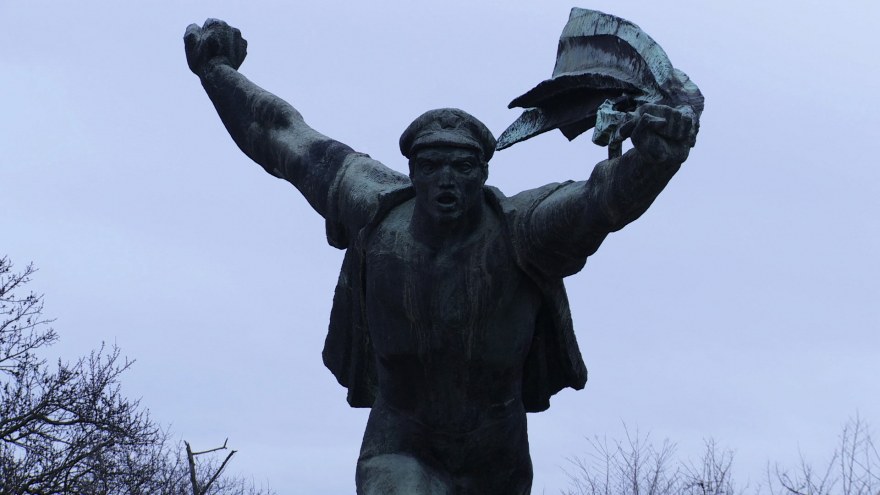Lunch with Madame Baurès
An interview with Medhi Benallal, director of Madame Baurès
Why did you want to make a film about Madame Baurès?
I really wanted to make a film with her, but that wasn’t possible. This film stems from this impossibility.
What interested you regarding the lonely situation of this person in her last days?
I didn’t suspect that I would accompany her in her final days. Initially, I wanted her to tell me about her lengthy past as a militant communist (she joined the party at the end of World War II), but then I became interested in everything she could tell me. She remembered her childhood very well, in the 20’s and 30’s, living in the first social-housing units. She also described her job as a worker in the factory to me but in a more fragmented way. We were preparing a documentary together where she would recount her life.
How did you manage the balance between shooting and oral testimony? With which did you begin?
I had just one way forward, the path I took to go see her. I walked this path that you see in the film many a time looking for the way to evoke our meeting. Writing the script and shooting took place in parallel. Once the filming was finished, I worked to bring it all together.
At one point, you are harassed rather aggressively for filming the façade of a building. For what reason?
We were filming a statue that was in the center of a property facing the street. I don’t understand why that bothered the people who lived there.
Would you say that the short film format has given you any particular freedom?
I didn’t ask myself about the format even if I suspected that it would be a short. What really left me free was to film with a very small team and to have “my” material (in fact, my producer’s, Tryptique Films, camera.) I also had time to shape my film. But a constraint can be beneficial, just as freedom can sometimes be useless or dangerous. It all depends on what you do with this freedom.
What are your works of reference?
I like lots of very different kinds of films, but I forget them all when I am making a film. I concentrate on the composition and on my subject. Afterwards, you can see a connection, or friends point it out to you. Regarding Madame Baurès, they said that my panorama at the end is very similar to the panorama that goes from the keyboard to the face of Gustav Leonhardt in Chronique d’Anna Magdalena Bach by Jean-Marie Straub and Danièle Huillet. It’s a film I’ve watched many times which certainly affected me deep inside.
Madame Baurès is being shown in the National Competition F6.









